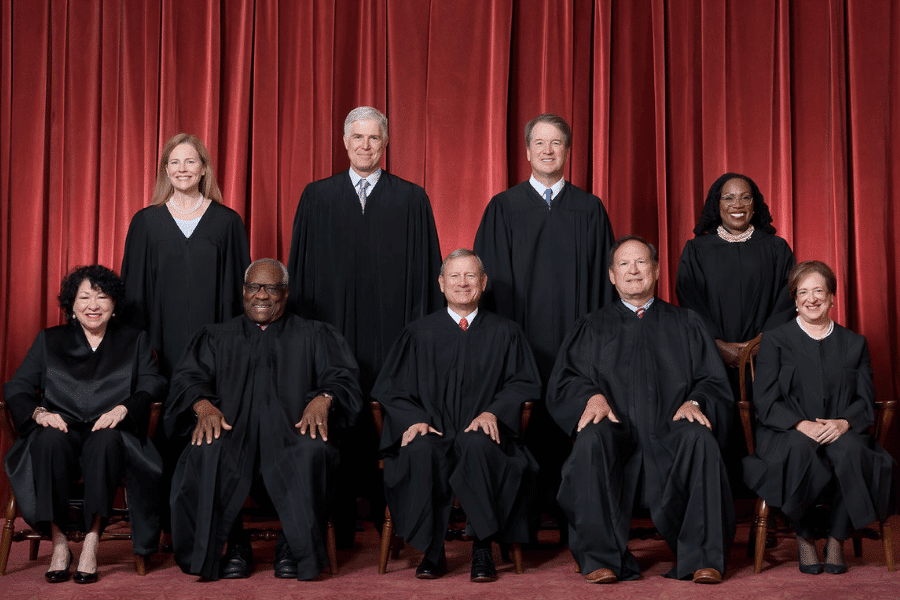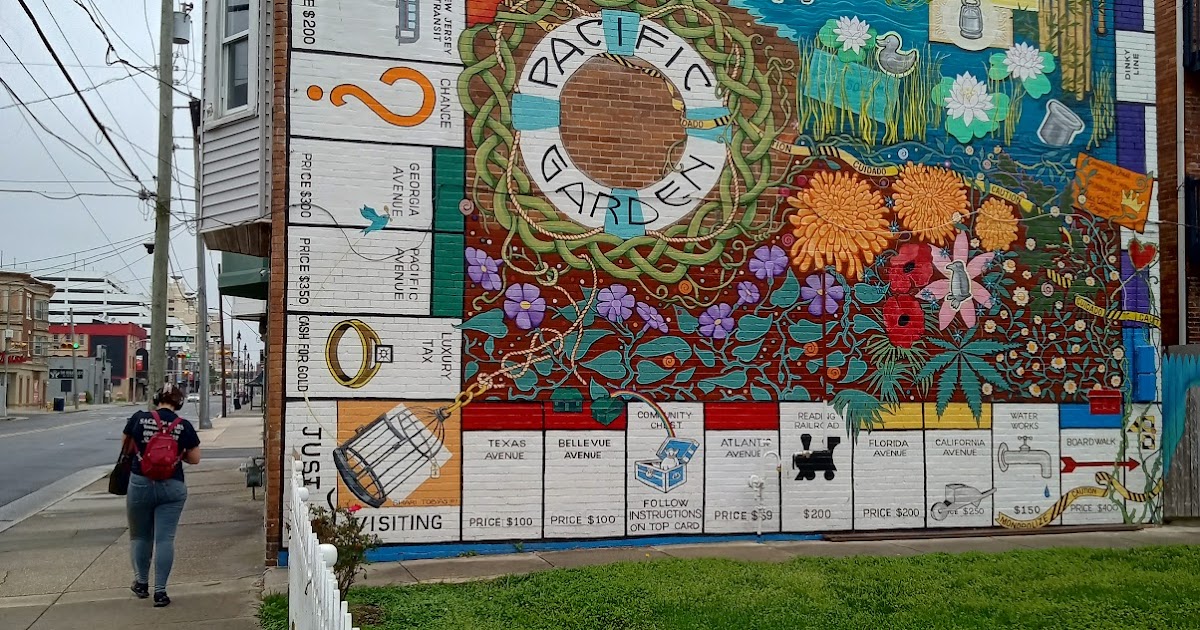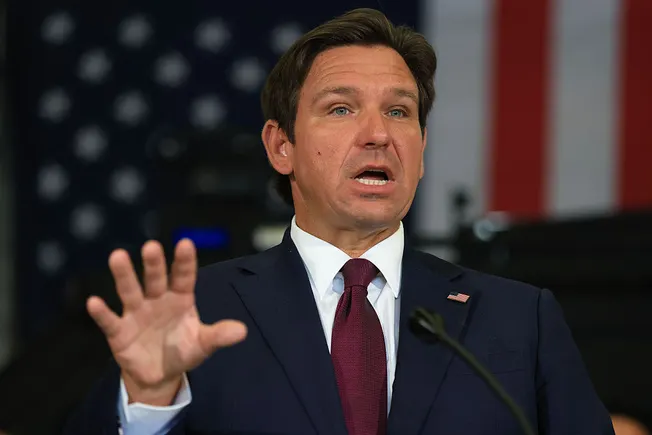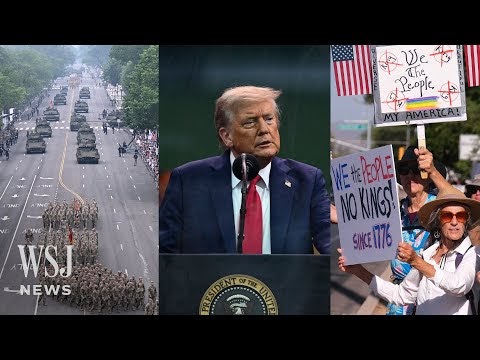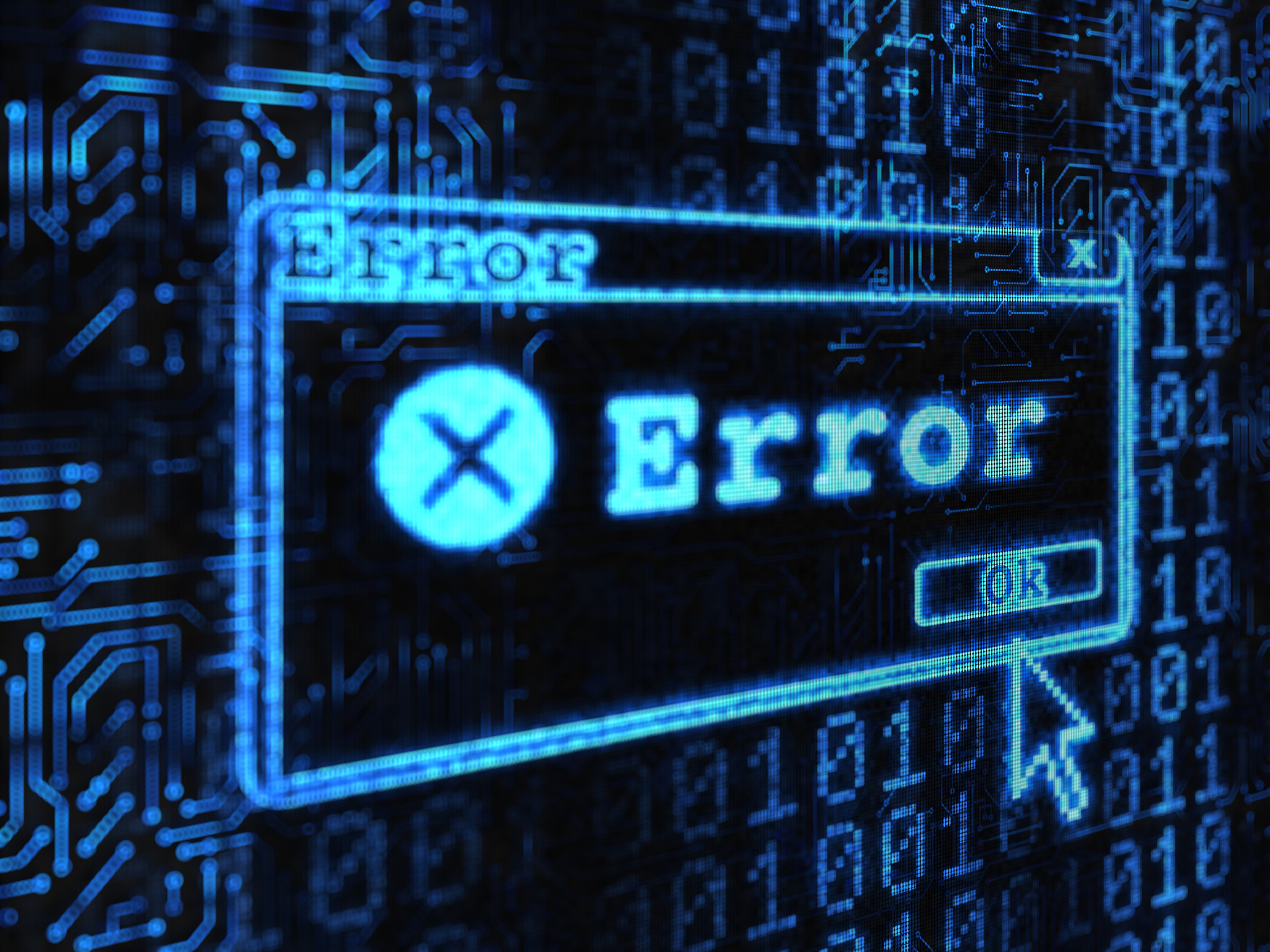In the United States of 2025—where neoliberal capitalism and creeping authoritarianism grind down the human spirit—there’s an urgent need for a way of thinking, surviving, and resisting that doesn’t come from think tanks or corporate wellness plans. Street Psychology is that way.
This idea isn’t new. It’s an outbreak from earlier projects like Street Sociologist (2009–2012) and American Injustice (2009–2013), digital spaces that chronicled working-class survival under austerity, war, mass incarceration, student loan predation, and the Great Recession. Those projects documented both despair and resistance—voices from the margins that understood the system was not broken but operating as designed. Street Psychology is the next step in that lineage. It names the psychic toll of exploitation and dares to offer tools for survival drawn not from institutions, but from the people themselves.
Street Psychology isn’t a licensed profession or clinical method. It’s a bottom-up philosophy. A way of being that honors grit, grief, memory, and movement. It draws from Black Psychology, Radical Social Work, and the unspoken survival strategies passed down through generations—especially those of the poor, the working class, the dispossessed.
It tells us: you’re not crazy. You’re living in a society that has normalized cruelty.
Life Under Pressure
In today’s America, working people face a perfect storm. Medicaid cuts, climate shocks, unpayable debt, and housing crises are daily facts of life. The Trump regime, emboldened by a Supreme Court that erodes checks and balances, offers little more than political theater and corporate tax breaks. “Law and order” is back—but so are vigilante violence and state repression. In this environment, working-class people are expected to carry on as if nothing is wrong—grinding away at gig jobs, navigating broken transit systems, shouldering invisible pain.
Street Psychology offers no false comfort. It teaches that burnout, anxiety, and despair are not personal failures—they are rational reactions to a system that exploits and isolates. It offers a politics of honesty.
It reminds us that mental health cannot be separated from rent, food, dignity, and debt.
Lessons from Horror and Triumph
Street Psychology is grounded in history—not the history of presidents and generals, but the people’s history of how folks made it through.
During the Great Depression, when one in four Americans was unemployed, it was mutual aid, union organizing, and government pressure from below that helped form the New Deal—not just FDR’s goodwill. Neighbors shared food. Workers seized factories. Families survived on ingenuity and grit. Street Psychology carries that memory.
During World War II, ordinary people faced rations, displacement, and death on an unprecedented scale. But they also built community resilience. Black Americans moved north and west in the Great Migration, seeking both work and dignity. Women entered the workforce by the millions—not for empowerment branding, but to survive. Trauma was everywhere, but so was collective purpose. Street Psychology remembers that duality.
And in the COVID-19 pandemic, we saw the brutal convergence of economic inequality, medical neglect, and state failure. But we also saw mutual aid networks rise overnight. Grocery workers, nurses, delivery drivers, and custodians became the front line—not billionaires or generals. People created community fridges, distributed masks, and organized rent strikes. Even amid mass death and disinformation, something deeply human survived. Street Psychology draws its oxygen from these moments.
It says: we’ve been through hell before—and we’ve learned how to survive together.
Radical Roots and Collective Healing
Street Psychology stands on the shoulders of Black radical thinkers like Dr. Na’im Akbar and Dr. Wade Nobles, who taught that psychological liberation requires historical truth and cultural self-determination. It borrows from the Radical Social Worker tradition that insists depression and addiction often emerge from exploitation, not deficiency.
It echoes the voices of those doing hard, dirty, “bullshit jobs,” as David Graeber called them—people whose work is exhausting, precarious, and spiritually deadening. It respects those whose minds and bodies are tired because they’ve been used up. And it says plainly: this is not your fault.
Healing begins with naming the madness.
A People’s Practice
Street Psychology thrives outside institutions. It happens in union halls, kitchens, church basements, food pantries, WhatsApp threads. It takes the form of eye contact, a ride to work, a bag of groceries, a story told without shame. It asks us not to fix ourselves to fit a broken world—but to remember we are not alone in our pain or our power.
It teaches that even in a world of distraction and despair, we can practice presence and solidarity. We can re-learn how to listen, how to mourn, how to laugh in defiance.
This psychology is not neutral. It does not pretend to be apolitical. It stands with those being crushed—by the debt collectors, the landlords, the ICE raids, the fascists in suits. It says: you matter. Your struggle matters. And you’re not the only one carrying this weight.
A Call to Reclaim Our Minds
Street Psychology is not a cure. It is not a self-help manual. It is a collective reckoning. A refusal to be shamed into silence or fragmented into diagnosis. It is the unlicensed, unpolished wisdom of people who’ve lived through hell and still show up for each other.
In the age of Trump, AI surveillance, climate breakdown, and economic betrayal, this might be our best chance: to recover the human, to restore the political, and to reclaim the psychological as a shared terrain.
Let’s build a new commons—not just of resources, but of understanding. Let’s build a psychology that is street-smart, justice-rooted, and history-aware.
Sources & Influences:
-
Akbar, Na’im. Breaking the Chains of Psychological Slavery
-
Nobles, Wade. Seeking the Sakhu
-
Graeber, David. Bullshit Jobs
-
Paulo Freire. Pedagogy of the Oppressed
-
Radical Social Worker Collective
-
Mutual Aid Disaster Relief
-
American Injustice (2009–2013) and Street Sociologist (2009–2012) blog archives
-
Historical memory from the Great Depression, WWII home front, and COVID-19 mutual aid networks
-
People’s CDC, APA, KFF data on structural causes of psychological distress
Street Psychology lives in those who refuse to forget—and who refuse to give up. If you or your community are practicing this in any form, we want to hear from you.


